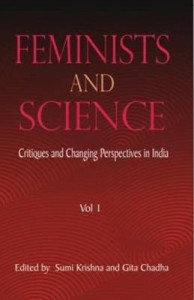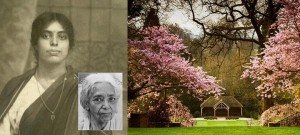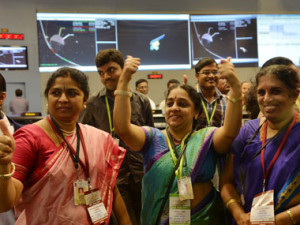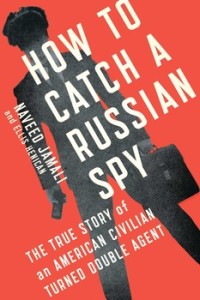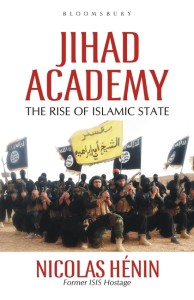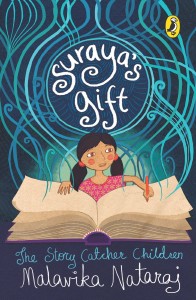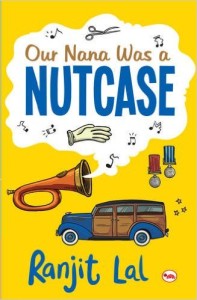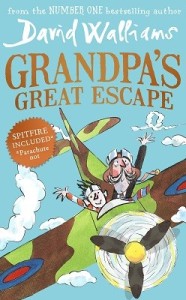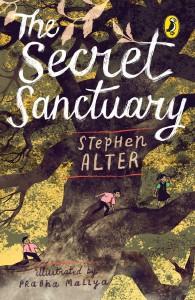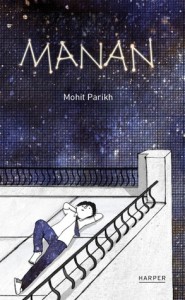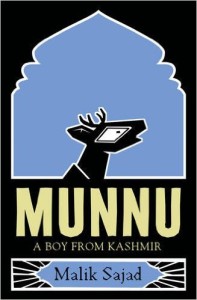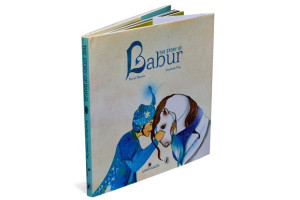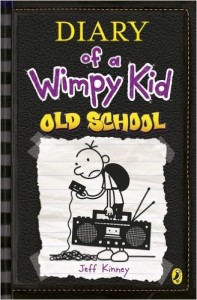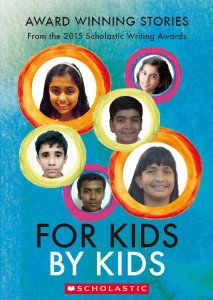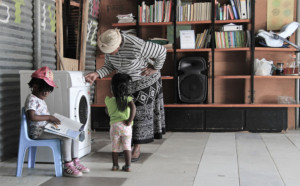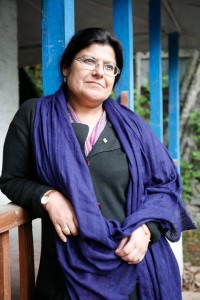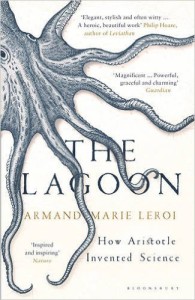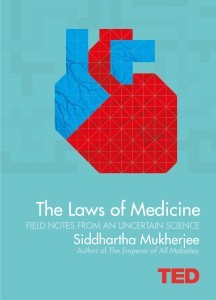2016: Reading Order ( Asian Age, 3 January 2016)
 2016 is an exciting year for books in India. Aravind Adiga, William Dalrymple, Aman Sethi and Romila Thapar will return in 2016 with new offerings, along with some exciting biographies and memoirs, including by Pranab Mukherjee, Karan Johar, Bhimsen Joshi. By Jaya Bhattacharji Rose ( The url for this story is available at: http://www.asianage.com/books/2016-reading-order-009 and it was published in print on Sunday, 3 January 2016)
2016 is an exciting year for books in India. Aravind Adiga, William Dalrymple, Aman Sethi and Romila Thapar will return in 2016 with new offerings, along with some exciting biographies and memoirs, including by Pranab Mukherjee, Karan Johar, Bhimsen Joshi. By Jaya Bhattacharji Rose ( The url for this story is available at: http://www.asianage.com/books/2016-reading-order-009 and it was published in print on Sunday, 3 January 2016)
The 2016 reading list is a wonderful balance between print, digital and self-published books. 2015 saw the launch of two publishing houses — Speaking Tiger and Juggernaut Books, with the latter focusing primarily on phonebooks. 2015 also saw the launch of new imprints like Aleph spotlight which features short books by India’s greatest writers and thinkers on current issues in the country; Harper Black focuses on criminal fiction; Seagull Books announced its Arab List; Juggernaut Books is the digital partner for some of Tulika Books children’s titles and Mapin has a Rethinking Conservation Series in association with the Aga Khan Trust for Culture.
According to the Nielsen Book Market Report on India 2015 trade publishing by genre is divided by 30 per cent adult fiction; 45 per cent adult non-fiction and 25 per cent children and young adults. Readers’ preferences are contemporary fiction, children’s fiction, crime, thriller and adventure, fiction. The 2016 highlights represent these categories.
Non-fiction
There is a very strong collection of non-fiction titles. Two unusual collections focus on an India not heard of regularly: Landscapes of Unequal India, edited by Jyotsna Singh and Akshay Deshmane where Indian journalists write medium form essays of original reportage about contemporary India and First Hand: Graphic Non-Fiction from India (edited by Orijit Sen) is an anthology of non-fiction comics, featuring works by reporters, activists, artists, anthropologists and oral historians based in India. The authors use the medium of comics to reflect upon experiences of displacement, consumption, activism, legal history and more. India in 50 Lives by Sunil Khilnani published to accompany his BBC series explores the lives of 50 Indians from Buddha to Dhirubhai Ambani. Noted journalist and Hindi writer Mrinal Pande’s Dhvanion ke Alok Main Stree by is about the vast contribution of professional women musicians (largely tawaifs till the mid-20th century) to Hindustani classical and semi-classical music in post-1857 India. Red Light Dispatches: Survivor Stories from India Brothels edited By Anuradha Joshi; The Gender of Caste by Charu Gupta; Beyond Caste by Sumit Guha, India’s Polity in the Age of Akbar by Iqtidar Alam Khan and The Culture of Encounters: Sanskrit at the Mughal Court by Audrey Truschke which documents the fascinating exchange between the Persian-speaking Islamic elite of the early Mughal empire and traditional Sanskrit scholars. Paper Jewels: Postcards from the Raj by Omar Khan is the story of some of the most beautiful and popular postcards during the Raj and it talks about the first postcard publishers between 1892 and 1947.
Curation by Michael Bhaskar is on the art of selecting useful information to form meaningful collections.
With so much digital immersion happening, Cyberpsyched: the impact of human technology on Human Behaviour by Mary Aiken has to be read just as Prabir Purkayastha on net neutrality and the Internet. Some other must reads include Michael Denning’s Noise Uprising: The Audio Politics of a World Musical Revolution with an introduction by Naresh Fernandes; Kohinoor by William Dalrymple; Bad News by journalist Anjan Sundaram is an account of the battle for free speech in modern Rwanda. In Other Words by Jhumpa Lahiri is about a writer’s passion for another language, in this case, Italian. Invisible Libraries by Lawrence Liang, Monica James and Danish Sheikh where the authors explore various aspects of bibliophilia, especially in the way it manifests itself via our love affair with libraries.
Biography/Memoir
Biographies always enthral readers. They are also a time capsule captured in the account of a personality’s life consisting mostly of politicians, film idols and successful businesspeople. Look out for Gandhi: An illustrated Biography by Pramod Kapoor, The Turbulent Years (1980-96) by Pranab Mukherjee, Vol. 2; memoirs by Margaret Alva, P. Chidambaram and Teesta Setalvad; Turnaround by Tarun Gogoi, Ebrahim Alkazi: Directing Art, edited by Dr Parul Dave-Mukherjee; The Biography on Sunil Dutt by Priya Dutt; The Unsuitable Boy by filmmaker Karan Johar; Emraan Hashmi Memoirs by Emraan Hashmi with Bilal Siddiqi; Memoirs of a Singer’s Son: Bhimsen Joshi, My Father by Raghavendra Bhimsen Joshi (Translated by Shirish Chindhade); Shashi Kapoor: A Biography by Aseem Chhabra, Rishi Kapoor: Autobiography and Leonard by William Shatner and Kiran Mazumdar Shaw: Biography by Seema Singh, Anand Kumar: The Man Behind Super 30 by Anand Kumar, First and Last Loves: An Autobiography by Ruskin Bond, Pallavi Iyer’s Motherhood Memoir and an unusual biography of the mango — Mangifera Indica.
Politics
Politics is a subject of enduring interest in India. AAP and Kejriwal: The Promise and Pitfalls by Venkitesh Ramakrishnan explores what this party and its leadership means to India. Modi and His Challenges by Rajiv Kumar explores the efficacy of the Prime Minister’s approach to structural reforms and governance. Rana Ayyub’s self-published investigation of the expose of the Gujarat fake encounters will be the one to watch out for. And then there is Prashant Kishor, a key strategist in the landslide victories of Mr Modi and Nitish Kumar. Kishor dissects what influences Indian voters today, their aspirations and what they now demand of their leaders. Aman Sethi’s The Making of Riot, Violence Studies edited by Kalpana Kannabiran and Tabish Khair’s The New Xenophobia will be good additions too.
Business/Academics
Politics is closely intertwined with the world of business. So noted economist Kaushik Basu’s An Economist in the Real World: The Art of Policymaking in India, Ruchir Joshi’s The Rise and Fall of Nations and business journalist Pravin Palande’s The Fundamentalists: Czars of India’s Financial Markets should be interesting.
Academic publications that can easily crossover into layman’s reading would be the fabulous The Historian and her craft: Romila Thapar (4 vols) which provides her complete trajectory as a scholar. and historian. Other titles in this strain are Literary Activism: A Collection of Essays edited by Amit Chaudhuri and Intimate Class Act: Friendship and Desire in Indian and Pakistani Women’s Fiction in English by Maryam Mirza, An Uncivil Woman: Critical Readings of Ismat Chughtai by Rakhshanda Jalil, Modern Indian by Giles Tillotson, 100 Design Classics by Jahnvi Dameron Nandan and The Oxford Readings in Indian Art edited by B.N. Goswamy.
Translations
Translations are rapidly acquiring a niche that sells well. Translating Bharat by Yatra Books in collaboration with Oxford Bookstore is a collection of essays that focuses on the specifics of translation. Some other titles to look out for are Love in Chakiwara and Other Misadventures by Muhammad Khalid Akhtar (translated by Bilal Tanweer). Dilli Tha Jiska Naam by Intizar Husain is an evocative tale about Delhi translated for the first time into English (Ghazala Jamil) and Hindi (Shubham Mishra) simultaneously. Tamas translated by Daisy Rockwell commemorates the centenary celebrations of Bhisham Sahni. Then there is Pyre (Tamil) by Perumal Murugan, translated by Aniruddhan Vasudevan; The Fire of Aoling by Anurag Mahanta, translated by Manjeet Baruah; Death Anniversary by K.P. Ramanunni, translated by Yaseen Ashraf; Indira Goswami’s Three Novellas: Breaking the Begging Bowl, The Blood of Devipeeth and Delhi: 5 November 1991 translated by Dibjyoti Sarma.
Narratives of Healing: Partition Memories from the Two Punjabs translated by Jasbir Jain and Tripti Jain; Bara: Drought (translated by Chandan Gowda) and Hindutva or Hind Svaraj by U.R. Ananthamurthy, Shahenshah by N. S. Inamdar, Zindaginama by Krishna Sobti, Shah Muhammad’s Tonga by Ali Akbar Natiq and The Blaft Anthology of Tamil Pulp Fiction, Vol 3, edited by Rakesh Khanna. A&A have some wonderful titles translated from Norwegian like Wafflehearts by Maria Parr as Meri Best Friend Aur Main and the Pim & Pom stories by Mies Bouhuis, illustrated by Fiep Westendorp.
Children’s Books
Children’s literature is growing by leaps and bounds. Tara Books continues to publish titles that make handicrafts a relevant art for children such as The Cloth of the Mother Goddess. Red Turtle’s Exploring India series by Subhadra Sen Gupta, illustrated by Tapas Guha, will interest readers who want to know more about various facets of India.
The Ray Collection translated by Arunava Sinha et al is a collection of the best stories by the Ray family writers: Upendra Kishore, Sukumar Ray and Satyajit Ray and The Fox’s Wedding by Harindranath Chattopadhyay is illustrated by Atanu Roy. They are also publishing Monkey Trouble and Other Stories: The Ruskin Bond Comics Book 1.
Duckbill will publish for children Invisible People: Stories of Courage from India’s Streets by Harsh Mander. Excavating History by Devika Cariappa for children delves into stories about archaeological sites. Duckbill will publish Special Agent Nanju by Zainab Suliaman, an unusual and action-packed book set in an integrated school for children with special needs. Scholastic will continue with its diverse fare but particularly exciting are the travelogues for children written by Jerry Pinto and Parineeta Shetty and Malgudi-style stories of growing up by Lalita Iyer called When Appa Bought a Buffalo and Other Stories. HarperCollins India is launching its Beebop series of graded reading and publishing Wattpad star Estelle Maskame’s Did I mention I Need You? And Did I mention I Miss You? Tota Books and Mango Books have a delicious collection of picture books lined up for 2016.
Fiction
Fiction, as always, is overflowing with choices. Debut writers Kanishk Tharoor, Shubha Mudgal and Sunny Leone will publish short story collections. Other well-known authors who will return with new books are Mridula Koshy, Aravind Adiga, China Mieville, Don Delillo, Helen Oyeyemi, Maha Khan Philips, Tahmima Anam, Meg Rosoff, Graham Swift, Samantha Shannon, Lucia Berlin and Chitra Bannerjee Divakurni. Hindu mythology is being retold: The Story of Hanuman by Mala Dayal, illustrated by Taposhi Ghoshal, Arshia Sattar’s Hanuman, a beautifully illustrated edition of the Mahabharata by Devdutt Pattanaik, The Oxford Mahabharatha Series: Women (Vol. 1) by Nrishina Bhaduri.
6 Jan 2016


